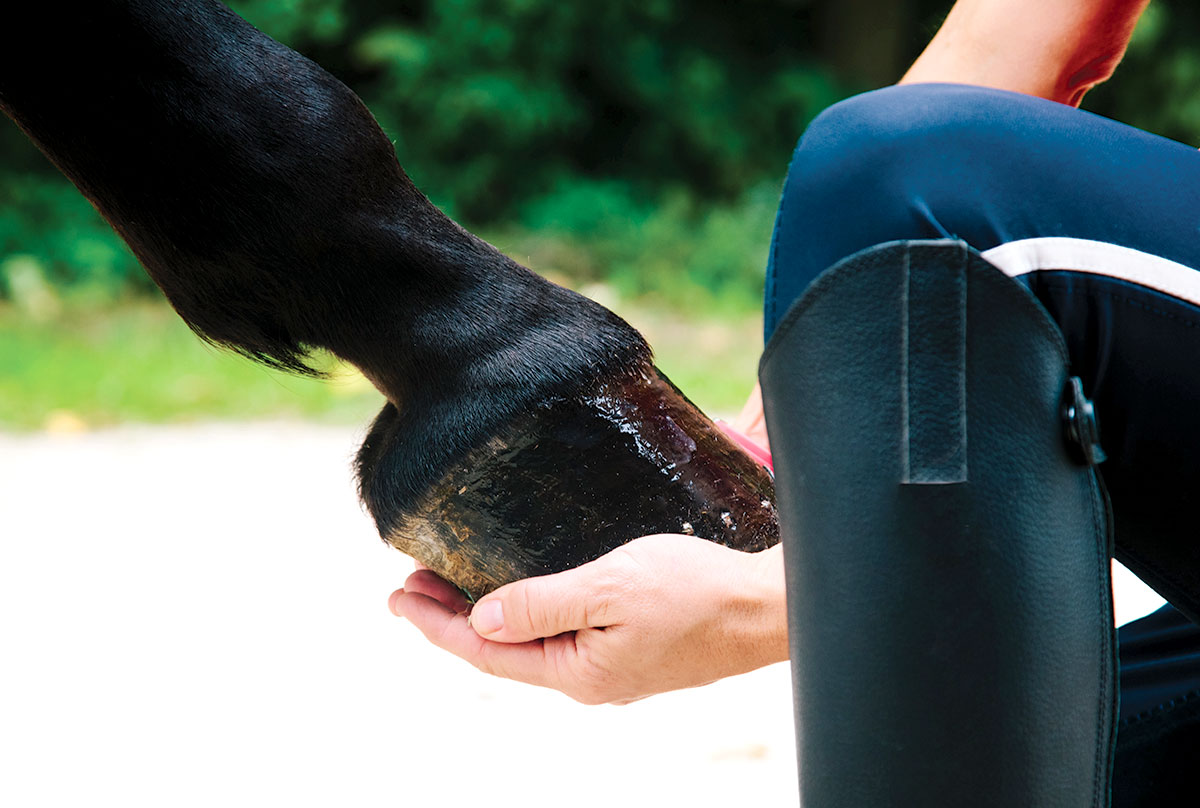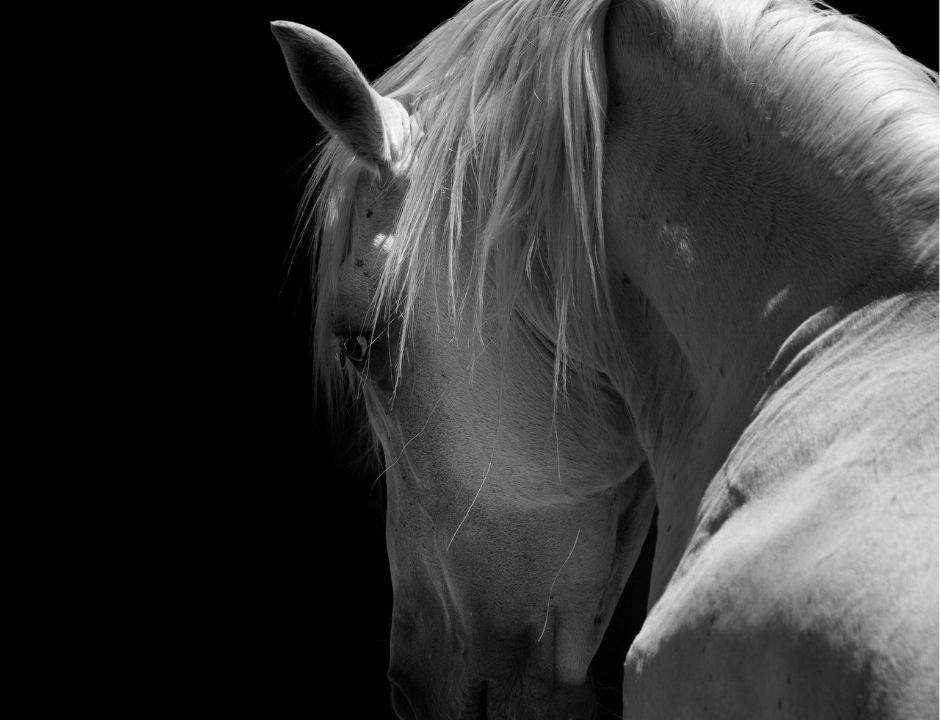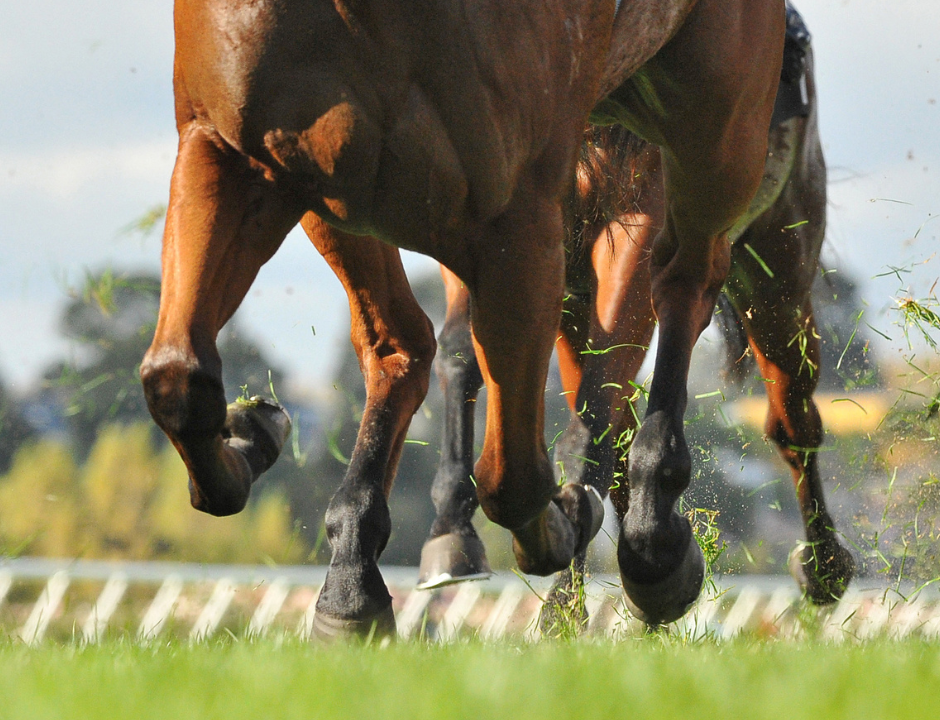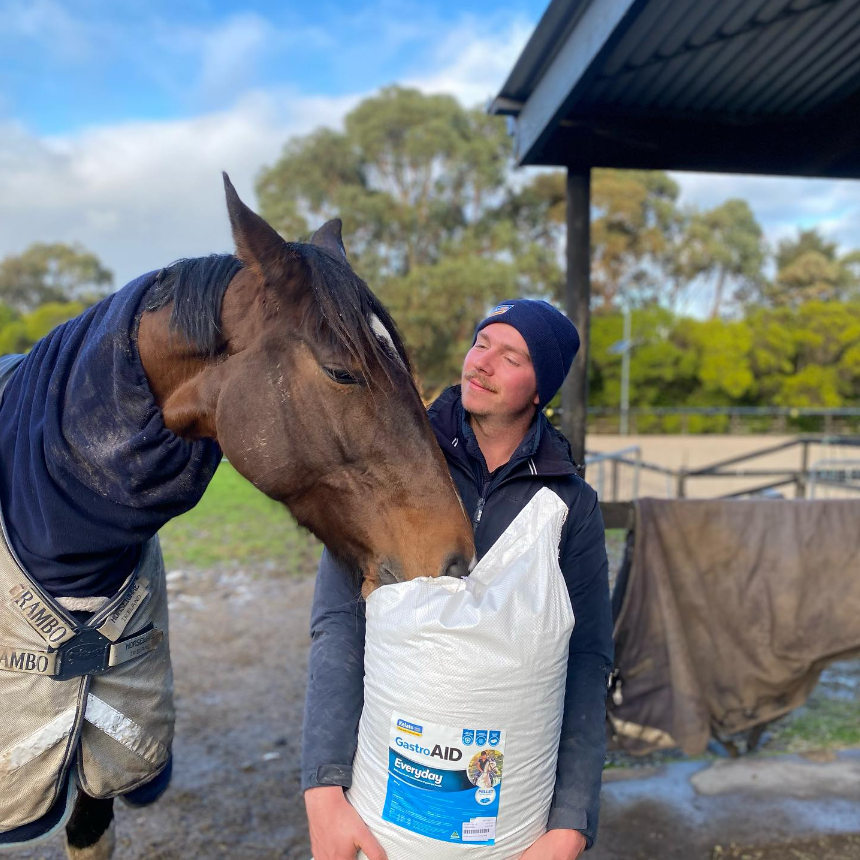Good hoof care is important year-round, but as we transition into the warmer months of summer we need to consider the impact this will have on our horse’s hooves. During hot, dry conditions the hoof has the task of cushioning the impact of a moving 500kg horse. A combination of hard, unyielding surfaces and brittle hooves provides a recipe for hoof damage and potential lameness. Hooves that are not maintained properly can dry out and lose flexibility, becoming prone to conditions such as contracted heels, navicular syndrome (continual impact of the toe on hard surfaces) and sand cracks.
While regular farrier care is essential for optimal hoof health, the quality and condition of the hoof starts from the inside. Providing a nutritionally balanced diet that meets the horse’s energy, protein, vitamin and mineral requirements should be the first step in your hoof management program. Despite receiving balanced nutrition, some horses need extra support to grow hard, healthy hooves. Biotin is a B vitamin that plays a role in maintaining the health of the skin and hooves. Research has shown that supplementation with 20mg of biotin per day for at least nine months resulted in decreased incidence of hoof cracks, less crumbling of the hoof horn and greater tensile strength of the hoof wall.
The hooves should also be checked and cleaned daily. Dirt, manure and debris must be removed to reduce the risk of infection and bruising. Imagine walking around with a stone in your shoe all day – ouch! Daily cleaning will also allow you to examine the hoof for injury, abscesses or infection such as thrush or seedy toe. Regular application of a topical hoof dressing such as HoofPRIME is an essential part of good hoof management. HoofPRIME’s properties will help to reduce the risk of infection and its unique blend of oils will nourish the inner and outer structures of the hoof wall, ensuring strength and flexibility is maintained for shock absorption.
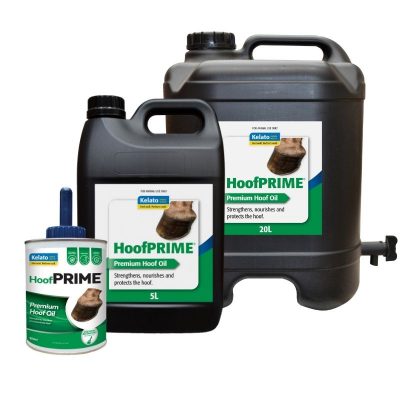
So, what do healthy hooves look like?
Horses are individuals and the shape, size and quality of their hooves will vary significantly. The key is to know what is normal for your horse. A typically healthy hoof has a semi-rigid, keratinised (non-sensitive) hoof wall that protects the underlying structures and supports weight along the sole and frog. It has a hard, dense, naturally polished surface with distinct tubules that run straight from the coronary band (hairline) to the ground. The wall should be intact, not cracked or chipped, and should have a dense, tight tubular pattern.
Tips for Summer hoof care
Ultimately, the horse’s hooves require daily attention. This will allow you to identify any problems early and take action before it becomes a bigger issue. A nutritionally balanced diet, regular farrier visits, biotin supplementation and topical hoof dressings should be a part of your hoof care repertoire.
Hooves that are not maintained properly can easily dry out and lose flexibility particularly in the harsh conditions of the Australian summer. Using a quality hoof dressing such as HoofPRIME which is formulated to penetrate the hoof wall and provide nourishment to the inner and outer structures of the hoof wall will ensure that strength and flexibility are maintained. Apply every alternate day under normal conditions or as required. It may be used daily during dry weather or if the hooves are hard and brittle. Remember, no hoof no horse!
Want to find out more?
Head over to the HoofPRIME page, get in touch on 1800 KELATO or technical@kelato.com.au.
